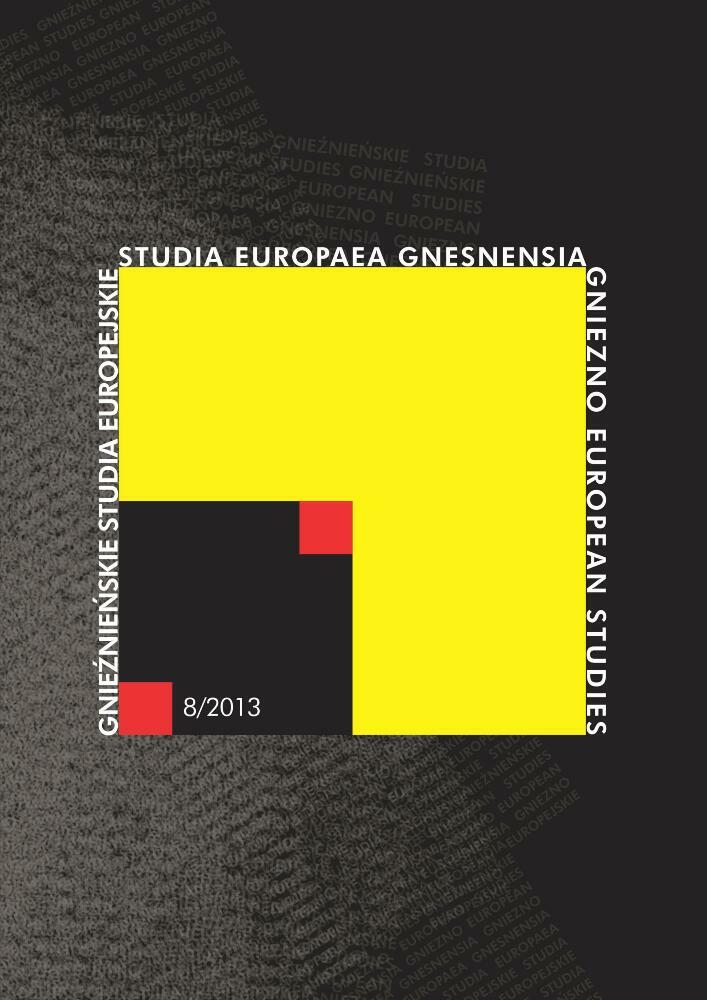Résumé
The paper analyzes the typology of imagery of Aeternitas in the coinage (from Vespasian to the Tetrarchy) propagating the concept of emperor’s eternity. The iconography of Aeternitas is not homogenous, being characterised by an abundance and diversity of motifs and representations. One thing that would not change, a common denominator of sorts, was the figure of a woman in a long dress. Her attributes, however, did fluctuate and depending on their kind symbolised either cosmic eternity or renewable time (phoenix). Aeternitas personified by a woman in long dress, shown in contrapposto, holding a radiant sun and moon was introduced on the reverses of coins in the Flavian period and continued to appear until Hadrian. During that time, the astral attributes would be exchanged for other devices, but although these insignia changed over time, the figure in a long tunic remained, as a permanent and originally Roman element in the iconography of female personifications of the Roman Empire.
Références
Gnecchi F., Coin Types of Imperial Rome, Chicago 1978, s. 37–39.
Grenzheuser B., Kaiser und Senat in der Zeit von Nero bis Nerva, Diss. Münster 1964, s. 191, przyp. 65.
Heinrichs A., Vespasian’s Visit to Alexandria, ZPE 3, s. 51–80.
Koehler W., Personifikationen abstrakter Begriffe auf römischen Münzen, Königsberg, 1910, s. 23–43.
Lichtenberger A., Severus Pius Augustus. Studien zur sakralen Repräsentation und Rezeption der Herrschaft des Septimius Severus und seiner Familie (193–211 n. Chr.), Leiden, Boston 2011, s. 226. DOI: https://doi.org/10.1163/ej.9789004201927.i-580
Mannsperger D., ROM. ET AVG. Die Selbstdarstellung des Kaisertums in der römischen Reichsprägung, ANRW II,1, 1974, s. 963–967. DOI: https://doi.org/10.1515/9783110833133-026
Mattingly S., Coins of the Roman Empire in the British Museum, 2: Vespasian to Domitian, London 21966, s. xxxix n.
Reitzenstein R., Das iranische Erlösungsmysterium, Bonn 1921, s. 213. DOI: https://doi.org/10.1515/9783111651279
Roscher W.H., Aeternitas, [w:] Ausführlicher Lexikon der Griechischen und Römischen Mythologie I, 1, Leipzig 1884–1886, s. 88.
Sauter F., Der römische Kaiserkult bei Martial und Statius, Stuttgart/ Berlin 1934, s. 127.
Schmidt–Dick F., Typenatlas der römischen Reichsprägung von Augustus bis Aemilianus, I: Weibliche Darstellungen, Wien 2002, s. 17–22. DOI: https://doi.org/10.1553/3-7001-3125-9
Schulten P.N., Die Typologie der Römischen Konsekrationsprägungen, Frankfurt 1979 (=Schulten), s. 107 n.;
Scott K., The Imperial Cult under the Flavians, Stuttgart/ Berlin 1936, s. 9–13.
Seelentag G., Taten und Tugenden Traians. Herrschaftsdarstellung im Principat, Stuttgart 2004, s. 462, przyp. 62.
Strack P., Untersuchungen zur römischen Reichsprägung des zweiten Jahrhunderts. Die Reichsprägung zur Zeit des Traian, Stuttgart 1931, s. 186 n.
The Roman Imperial Coinage (=RIC)2 II, Vespasian, 32 (S).
Toelken E.H., Über die Darstellung der Vorsehung und der Ewigkeit (Providentia und Aeternitas) auf römischen Münzen, Zeitschrift für Münz–, Siegel– und Wappenkunde 3, 1844, s. 161–194.
Turcan R., Rome éternelle et les conceptions gréco–romaines de l’Eternité, [w:] Roma Constantinopoli, Mosca. Atti del I Seminario Internazionale di Studi storici, Napoli 1983, s. 27–30.
Wardle D., Suetonius on Vespasianus Religiosus in AD 69¬–70: Signs and Times, Hermes 140, 2012, s. 184–200. DOI: https://doi.org/10.25162/hermes-2012-0018
Wissowa G., Religion und Kultus der Römer, München 1902, s. 271–280, szczeg. s. 280.
Licence
Copyright © 2013 by IKE and PTPN

